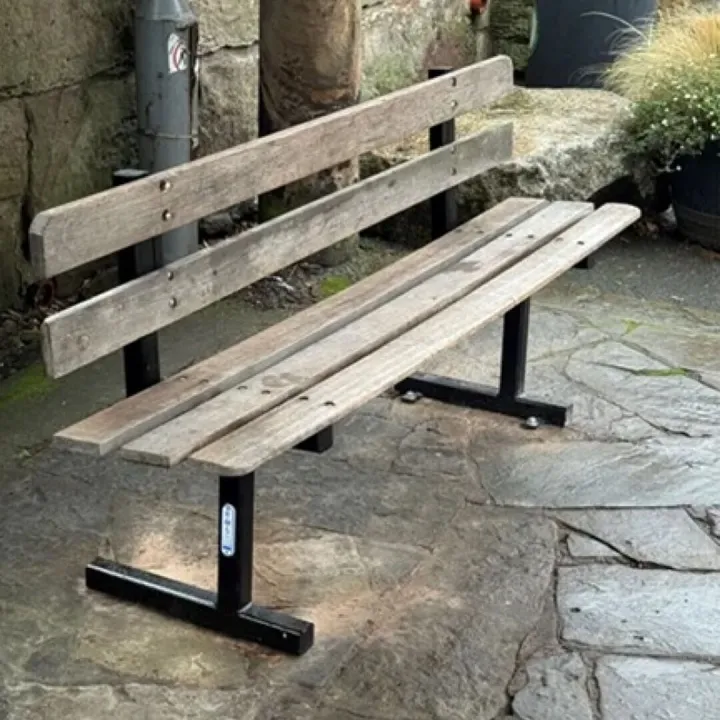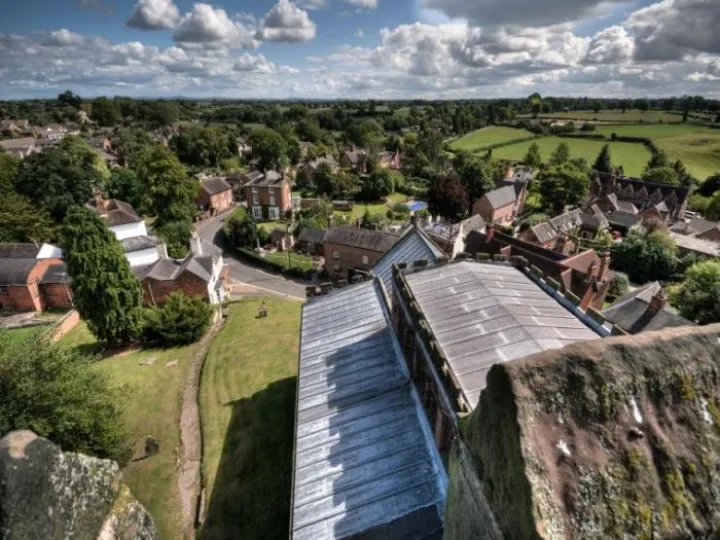An Unsolved Mystery of the Sea (Almost!)








In the early 1970's at the age of 23 I joined a new shipping line. After six years with the New Zealand Shipping Company travelling, as the name suggests, to NZ and Australia I wanted to visit other parts of the world.
In addition, this new company promised me a Second Mate's job but more importantly the trips would never be more than six months long.
This was because the new outfit was a 'Tramp' company which undertook to fly you home from anywhere in the world after six months. Quite a change from voyages of indeterminate length which, in theory, could mean up to two years away from the family.
I joined my first ship in Newark, New Jersey. This ship was a very large, six hatched bulk carrier but with a twist as it had been modified to be a convertible bulk and car carrier.
The massive cavernous holds when not filled with a bulk cargo had car decks each side of each hold that were lowered like shelves with roughly eight feet between them. As each layer of cars were loaded, the space in between the 'shelves' was filled with five ton pontoons upon which further cars were stowed. An ingenious if not Heath-Robinson contraption that enabled us to fulfill the terms of our charter.
This charter called for us to load grain in the USA, take that cargo to Japan, clear out the holds and load 2,500 Datsun cars in Yokohama for transportation back through the Panama Canal to Newark.
We loaded my first grain cargo in New Orleans and I had to learn about this, quite hazardous product. If not managed properly it has a tendency to move about like water and so, built into the ship were wing tanks under the deck on each side of the hatches. These had holes in so that, when filled with grain, they would leak through and top up the holds so that a 'free surface' effect could be avoided.
I mention this as being key to the story about to unfold.
Cut to Japan
We had discharged the grain, cleaned out the holds, lowered the car decks and were taking on our 'pre-Nissan' load of Datsun cars. Each one loaded individually, driven to its spot in the hold and tied down for the journey.
So far so good.
We eventually sailed and got down to the mundane tasks of life at sea. However on this trip it wasn't long before we hit heavy weather, quite normal in the west Pacific. Now, imagine a ship designed to carry 40,000 tons of grain yet at this point with only 3000 tons of cars, we were bobbing around like a cork!
So, to cope with the heavy weather, we ballasted the ship's tanks with sea water. This included those aforementioned wing tanks which, first of all, had to have each of the holes inside covered with a plate. This job was given to the two Deck Apprentices and was duly carried out.
Being Second Mate, I was allocated the 12noon to 4.00 watch and on the day in question had just been relieved by the Mate at 4.00 in the afternoon. I was lying on my bunk reading when the ship started to roll alarmingly. I was OK one way as the bulkhead stopped me but as we rolled the other way I flew across the cabin only to be successfully stopped by my desk. At the same time there was the sounds of smashing crockery and moving objects.
Something was seriously wrong.
I left my cabin and made my way to the bridge arriving just behind the Old Man. The Mate was already turning the ship to face the oncoming sea and wind. We didn't have a clue what was wrong but the inclinometer, a simple brass weight that stayed still as the ship rolled around it and recorded the maximum roll with a couple of pointers had gone off the scale at 45 degrees.
Now safely hove-to, the Mate took a couple of seamen to check the ship. He went down each hatch in turn until in Number 5, he found the problem.
The apprentices had left one plate off of the port wing tank. As we filled the tank with ballast sea water it simply drained into the main hold that was filled with cars. As more and more water piled in it created its own little internal storm.
The bottom two layers of cars were submerged but, worse than that that, eight central five-ton pontoons had lifted and sloshed from side to side as we rolled....crushing the cars beneath and helping the ship to roll further and further.
It took us two days to pump out the hold. The bilge pumps were clogged with bits of car seat and other rubbish so we had to use portable pumps. We estimated that we had inadvertently pumped in 1000 tons of sea water. We wrote off 83 brand new cars.
When the ship arrived in Newark we were overrun with Lawyers representing the Charterers, sub-charterers, sub-sub-charterers and Uncle Tom Cobley and all.
The ultimate responsibility for the cock-up lay with the Captain although the Chief Officer freely admitted that he hadn't made the checks that he should have after the Apprentices. Truth be told the Chief Officer should have lost his job, he expected to, but he didn't. At the risk of being enigmatic the decision not to sack him was to have dreadful future consequences, although that is another story.
We, the ship's crew, had our own postmortem and came to the conclusion that it was just one of those daft mistakes that could have led to an altogether more serious outcome.
You see, if the ship had rolled beyond the point of no return it would have plunged straight to the bottom of one of the deepest parts of the Pacific. No-one would have ever known what had happened and this would have gone down as a Mystery of the Sea (Thank goodness for "Almost!").
Nigel Epps
This article is from our news archive. As a result pictures or videos originally associated with it may have been removed and some of the content may no longer be accurate or relevant.
Get In Touch
AudlemOnline is powered by our active community.
Please send us your news and views using the button below:
Email: editor@audlem.org





